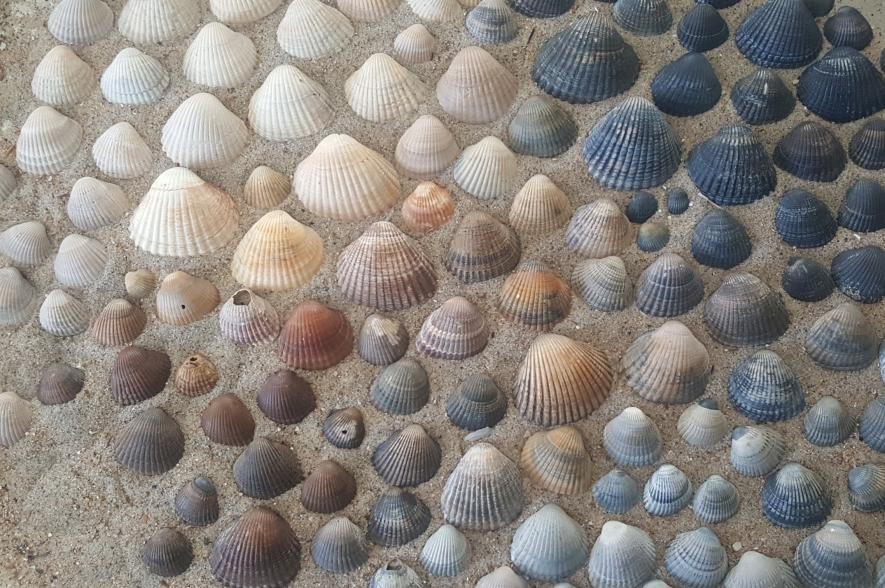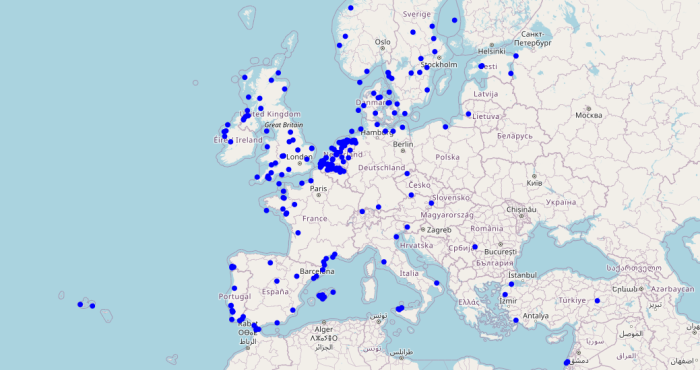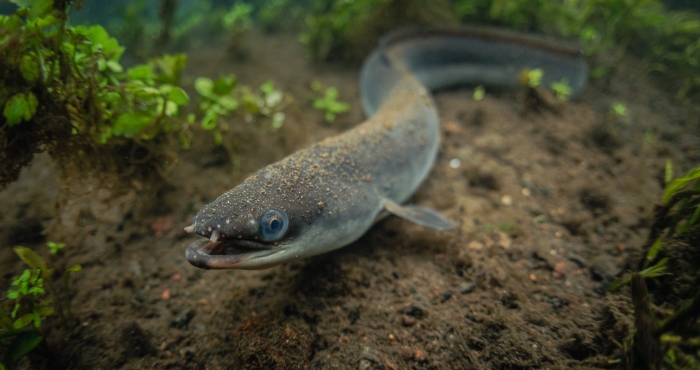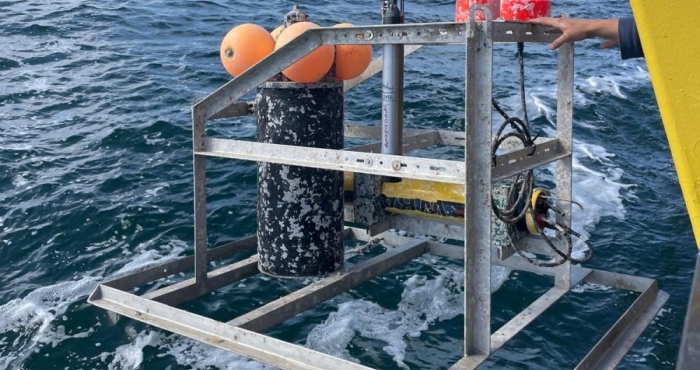Old cockles and record number of shells at the eighth edition of the Big Seashell Survey
Record turnout and results
The eighth Big Seashell Survey, one of the largest European marine citizen science projects, attracted a record number of participants on Saturday, March 22. Thanks to mild spring weather and expert guidance, 3,500 people took part across the three countries. In the Netherlands, 2,000 participants joined across 20 locations. In Belgium, 1,400 people were active at 10 coastal sites, and in France, 100 participants gathered at two counting stations. Together, they collected 148,343 shells from 72 species along a 400 km stretch of coastline, making it a highly successful international collaboration. A pilot initiative in Scotland was postponed to a later date.
In Belgium, the event was coordinated by VLIZ in close partnership with EOS, Natuurpunt, the Province of West Flanders, Strandwerkgroep, Kusterfgoed, and the 10 coastal municipalities. In the Netherlands, the project was led by NHM, Naturalis, Stichting Anemoon, Strandwerkgemeenschap, and Groen Strand. In France, CPIE-Flandre Maritime oversaw the effort.
Cockles under the microscope: witnesses of a distant past
A new feature on Belgian beaches this year was a one-time focus on the common cockle. This ribbed, heart-shaped shell is consistently among the top three most frequently found species. This year was no exception, with nearly 11,000 cockle shells collected along Belgian beaches, placing the cockle in third position after the cut trough shell and the Baltic macoma.
A thousand of these cockle shells were examined in greater detail. The colour of the shells showed that the vast majority, at least 92 percent, are subfossils. These are the hard remains of cockles that died decades or even thousands of years ago and have since remained on or beneath the seabed or washed up on the shore. When buried in low-oxygen environments, such as under clay or organic matter, the shells tend to turn blue-grey to black. This was the case for 56 percent of the samples examined. Shells that stayed in well-oxygenated environments like gullies or open beach areas retained a milky white or reddish tint, which was observed in 44 percent of the specimens.
If both valves of a cockle remain attached via the ligament, this indicates a recent death, as the valves separate shortly after the animal dies. Across the 400 km of surveyed coastline, only seven double shells were found, three along the Belgian west coast and four in northern France. This suggests that living cockle populations are now extremely rare in the studied North Sea region.
Some loose white valves may also belong to relatively recently deceased individuals. These are sometimes recognisable by a brown or purple stain near the hinge, although such identification is not always straightforward. It is estimated that eight percent of the cockles found in Belgium may fall into this category, all of which were observed on the west coast.
Among these more recent cockles, age was also examined. Cockles can live for more than five years, which can be determined by the growth lines on their shells. Of the recent specimens found along the Belgian coast, two-thirds were three to four years old.

Cockles in 50 shades of grey and brown: subfossils and fossils from the Holocene and Pleistocene.
Regional differences
A cross-border initiative like the Big Seashell Survey offers a unique opportunity to observe patterns and differences in shell fauna across a 400 km coastline. This year, the top three most commonly found species were surprisingly consistent across the three countries, showing less variation than in previous editions. Species such as the common cockle, cut trough shell, thick trough shell, banded wedge shell, and Atlantic jackknife clam were widespread, appearing both as recent and subfossil finds, indicating a broad historical and present-day distribution.
Across all regions, the cut trough shell was the most frequently collected species, consistently ranking first, followed closely by the common cockle. The Atlantic jackknife clam and the banded wedge shell also featured prominently in the top five. On Belgian beaches, 36 percent of collected shells were cut trough shells, 21 percent were Baltic macomas, and 18 percent were common cockles. On the two northern French beaches near the Belgian border, the cut trough shell accounted for 32 percent of the finds, the common cockle for 29 percent, and the Atlantic jackknife clam for 10 percent. In the Netherlands, the top three consisted of 36 percent cut trough shells, 21 percent common cockles, and 13 percent oval trough shells.
Despite these similarities, some clear regional differences were observed. The oval trough shell remained noticeably more common in the Netherlands than in areas south of the Scheldt estuary. The Venus clam was found almost exclusively in the Netherlands, with 1,805 specimens collected, especially in the northern part of Zeeland. By contrast, species such as the blue mussel, Baltic macoma, American piddock, pullet carpet shell, and common limpet were significantly more abundant in southern coastal regions.
Non-native shells, whether introduced intentionally or unintentionally by humans, represented eight percent of all recorded species and accounted for thirteen percent of the total number of shells collected. No increase in these non-native species was observed this year, and no new exotic species were reported.
The Flanders Marine Institute (VLIZ) and its partners (EOS wetenschap, Natuurpunt, Provincie West-Vlaanderen, Strandwerkgroep, Kusterfgoed, the ten coastal municipalities) joined forces for the 8th edition of the Big Seashell Survey, a well-established LifeWatch Belgium citizen science initiative.
Find more information about the Big Seashell Survey here (Dutch only) >



